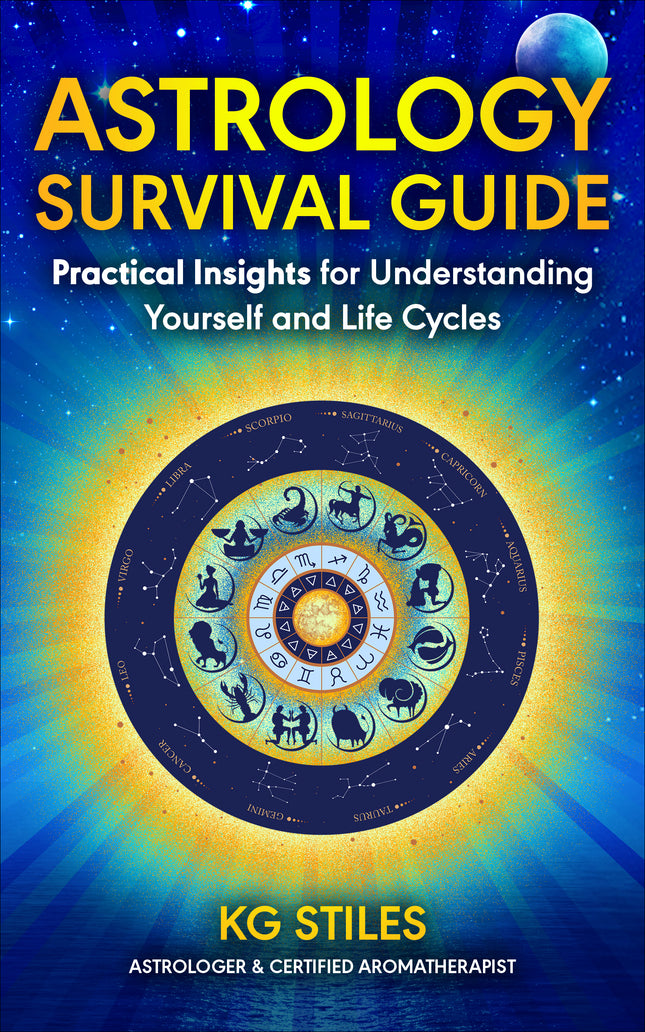 What’s Trending in Health - Signs of Transformation
What’s Trending in Health - Signs of Transformation
I was really surprised to see that one of the leading trends in healthcare cited in Stanford’s Health Trends Report was,“Encouraging patients to take an active role in their own care and to adopt healthier lifestyles.”
Is this a sign of things to come? Is the growing DIY revolution possibly taking root in the traditional medical model of healthcare?
In my own clinical practice the response and recovery rate of my clients is significantly higher, at 80% or more, for those who are actively engaged in their own care.
Can a patient’s “active role” in care be seen as a major turning point for our drug driven traditional model of healthcare in the US?
Is it possible that a culture that previously encouraged its patients to ‘believe the doctor always knows best” and prescribed drugs to “mask symptoms” can actually change?
Networking for Best Outcome
Another "high priority" trend is encouragement for healthcare providers to gather, understand and share large amounts of data. Concern for patient privacy also remains a high priority.
Networking and sharing information among a patient’s health care providers is now seen as vital for achieving best possible therapeutic outcomes for the patient.
I love the idea of “networking and sharing information for best possible therapeutic outcomes." There seems to be a new healthcare paradigm being birthed that supports health practitioners working as a team to support what’s best for the patient.
Of course with the internet this integration and networking is at the touch of a button.
Baby Boomers Drive Integrated Health
For several years I assisted with a hospital’s transition to an integrated medical center. The hospital administrator in charge of the hospital’s “transformation” team said, “What the Baby Boomers Want, the Baby Boomers Get”.
Patients from the baby boomer generation are demanding integrative medicine with a more ‘natural approach’ to healthcare which seems to be driving the transformation now taking place in the US healthcare system.
The newly transformed “integrated” hospital offered a menu of Complementary Alternative Medicine (CAM) services to its patients including, aromatherapy, meditation, therapy dogs, reiki, massage and caring touch.
CAM in Medical Schools
Medical schools are in the early stages of beginning to offer integrative medicine approaches in medical student training.
An analysis was conducted and published in PubMed (Feb 2015) on Complementary Alternative Medicine (CAM) in US medical school curriculum. Half of the medical schools (50.8%) offered at least one CAM course. Of the 127 different courses traditional medicine, acupuncture, spirituality, herbs and general CAM instruction were listed.
Surveys of US adults previously published in PubMed (1993) revealed that large numbers of patients utilized alternative therapies, but did not generally discuss their alternative therapy use with their physician.
In 2009 studies showed that patients still did not discuss their alternative therapy with their physician.
Just recently, I was hospitalized for an emergency and did not feel to tell anyone that I was using CAM therapies. I had been using CAM to heal myself of a histamine intolerance and was following a Ketogenic, high fat low carb, diet. Even though the hospital was an “integrated” state of the art hospital with 5 Star rating I did feel anyone would know anything about or understand the CAM therapies I was using.
With the rise in CAM training in medical schools and the growing number of "integrated" medical centers like the Mayo Clinic embracing CAM therapies hopefully the trend of not discussing CAM with your doctor may be set to change in the near future.
Today, approximately 38 percent of adults in the US (about 4 in 10) use CAM and 12 percent of children (about 1 in 9) use some form of CAM.
Research shows that aromatherapy is dominating the CAM global market since 2016 and its popularity and use continues to grow worldwide.
Find out why aromatherapy is dominating the CAM global market in my next article in this series on topic of essential oil research.
READ next article in series, Aromatherapy's Global Popularity as a Complementary Alternative Medicine.





Leave a comment